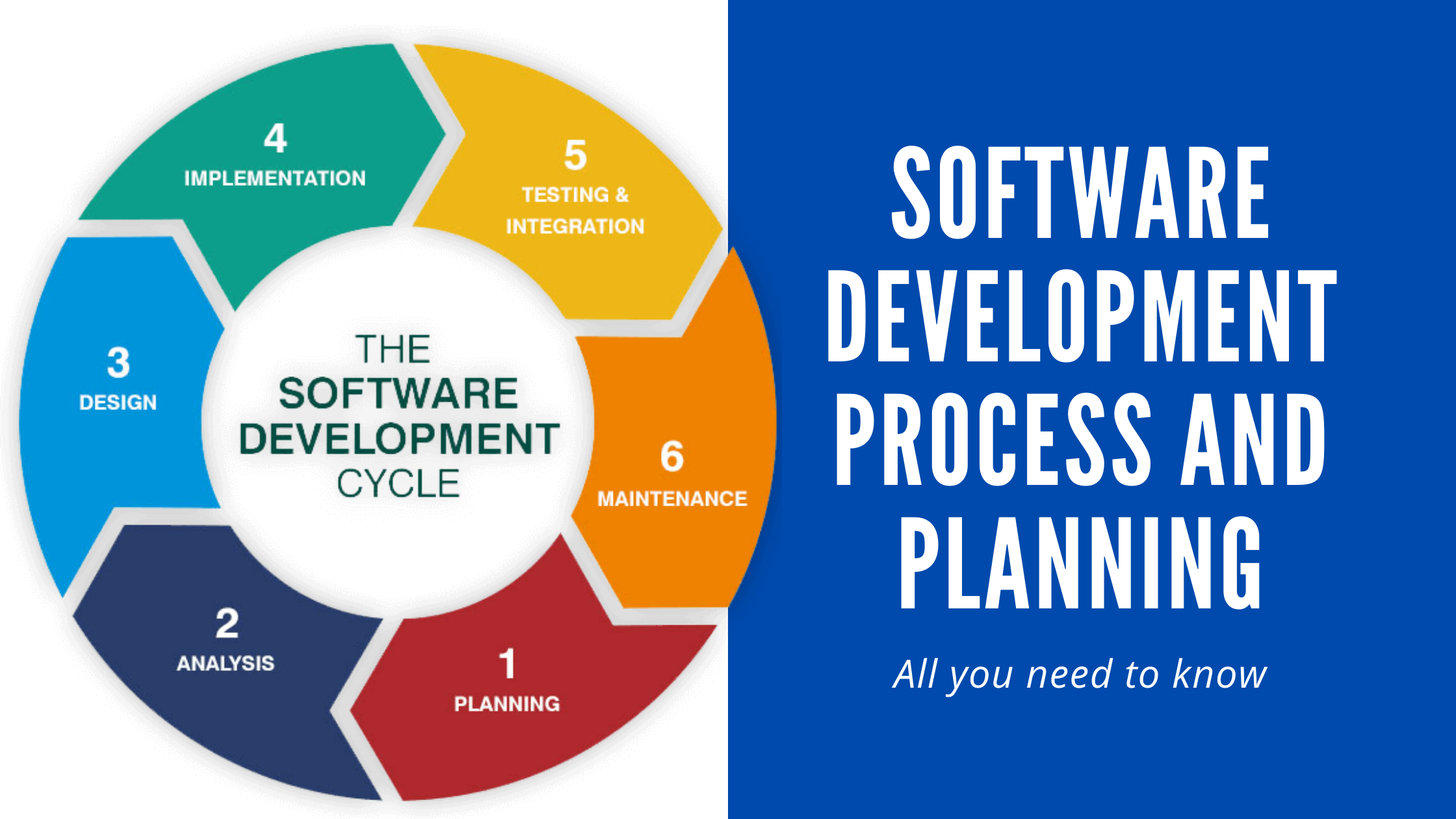In the fast-paced world of project management, understanding and managing scope is like guiding stars that ensure projects stay on track. But as we all know, change is inevitable, and scope changes are a part of the game. In this guide, we’ll delve into the art of managing scope and change requests within Agile. Brace yourself for a journey filled with insights, tips, and real-life stories that will help you navigate the unpredictable waters of scope and change management in agile too.
What Classifies as a Scope Change?
In the intricate world of project management, scope changes are like unexpected plot twists in a thrilling novel – they can be both exciting and challenging. Let’s unravel the mystery behind what truly classifies as a scope change and explore the different dimensions it holds in project methodology.

Differentiating the Types of Scope Shifts
Scope changes can be like unexpected plot twists in a movie – sometimes they’re exciting, but they can also cause frustration. There are two primary types of scope changes: the sudden unexpected ones that pop up out of nowhere, and the gradual but relentless ones known as “scope creep.” Picture this: you’re building a mobile app, and suddenly, a new feature is requested that wasn’t even on the radar. That’s an unexpected scope change causing a buzz of activity.
Elements and Sources of Scope Changes
When it comes to scope changes, it’s crucial to differentiate necessary shifts from unnecessary ones. Think of the project scope like a puzzle with various pieces. Changes can affect functionality, layout, quality, budget, timeline, and even team responsibilities.
These changes can stem from project manager decisions, new insights, or the very principles of Agile project management that emphasize flexibility.
Managing Scope in Agile Projects – Key Tips
Welcome to the heart of effective project management – managing scope changes. Let’s navigate through this process with essential tips for success amidst change.
Crafting a Rock-Solid Process
Imagine a pilot navigating a storm. A robust process is your compass. Understand the need behind the change. Why is it requested? Knowing the “why” helps you avoid unnecessary detours.
Documenting and Evaluating Changes
Think of a jigsaw puzzle. Document changes like snapping photos before fitting pieces. Enhance communication and review. Evaluate with a magnifying glass. Does it align with priorities? Is it valid? A trade-off matrix helps decide.
Gaining Approval and Implementing Change
Imagine conducting an orchestra. Approval harmonizes stakeholders. Transparency is key. Present the change to executives, avoiding unnecessary ones. Communicate immediately with the team for smooth execution.

Dodging the Dreaded Scope Creep
Scope creep is like a sneaky ghost. Recognize its signs, like multiplying features. Keep scope aligned, like protective charms. Consistent management banishes these ghosts, keeping your project on course.
The Predictable Nature of Unplanned Changes
Imagine embarking on a cross-country road trip – you anticipate detours but navigate them seamlessly with the right tools. Similarly, in projects, unplanned changes are inevitable. Let’s explore their predictable nature and how to embrace them.
Embracing Change in the Business Landscape
Imagine the business world as a dynamic river, changing its current. Unplanned changes are like whirlpools. There are two types: sudden, transformative changes and gradual, subtle shifts. To navigate, a flexible, process-driven approach is vital.
Building Better Products Through Agility
Imagine crafting a sword. Adapting mid-process strengthens it. Similarly, in project management, flexibility enhances products. Unplanned changes can improve results if you reshape your strategy.
Traditional vs. Agile Approach to Scope Management
In the world of project managers, approaches can be as diverse as the colors of a painter’s palette. Two prominent methods that often take center stage are the traditional approach and the Agile approach. Let’s embark on a journey of comparison, and focus on exploring the characteristics, strengths, and limitations of each approach when it comes to managing scope.

The Rigidity of Traditional Management
Imagine you’re a conductor leading a traditional orchestra. The sheet music is fixed, and any deviation is considered a mistake. Traditional project management operates in a similar way – the scope is set in stone, any changes are seen as disruptions, and adapting is often challenging.
Embracing Flexibility with Agile
Now imagine you’re a jazz band leader. The music is a framework, but there’s room for improvisation. Agile is like the jazz of project leadership and management. It welcomes change, even last-minute ones, and adapts its scope incrementally. It’s like building a puzzle with pieces that can be reshaped as you go.
Striking the Balance in Agile
Imagine you’re a tightrope walker, balancing between two poles. Agile balances the need for change with the necessity of maintaining scope control. It’s like a dance where you twirl with new ideas while still staying true to your choreography.
Understanding Scope Management in Agile
Welcome to the heart of Agile methodology– where change is not just accepted, but embraced. Imagine you’re a conductor leading an orchestra. Each musician has their part to play, and the performance evolves as you move through the composition.
Similarly, in Agile, the scope is a dynamic element that evolves and adapts, creating a symphony of collaboration and innovation. Let’s dive into the intricacies of scope management within the Agile framework.
Defining Agile Scope
The agile scope is like the ingredients list for a recipe. It includes user stories changing requirements, features, and the resources required. Think of it as the menu for your project, defining what will be served to your customers.
Scope’s Presence in the Backlog
Imagine you’re a librarian cataloging books. The sprint backlog is your library, and the scope is the books waiting to be read. Each book represents a task or feature, waiting its turn to be worked on.

Scope Components in Detail
Imagine you’re an architect designing a house. You prioritize rooms, plan the layout, and define the context. Similarly, in Agile, scope components include priority, work breakdown structure, and context – all critical for a successful project.
The Evolution of Scope in Agile
Imagine you’re a gardener tending to a bonsai tree. You trim, adjust, and let it grow. Agile scope evolves in a similar way. It adapts to new learnings, much like the bonsai adapts to its environment.
Manage Scope Creep in Agile Projects
Picture this: you’re an artist working on a masterpiece, and with every brushstroke, you’re tempted to add a little more detail. This desire to enhance and expand is much like scope creep – a phenomenon that can sneak into Agile projects, even though Agile itself embraces change.
Let’s delve into the world of scope creep within Agile projects, exploring its definition, causes, and how to effectively manage it.
Introduction to Scope Creep
Imagine you’re a chef preparing a recipe. Suddenly, you start adding extra ingredients, altering the taste. Scope creep is like adding too many spices to the dish – it might sound exciting, but it often results in an unsavory outcome.
Factors Causing Scope Creep in Agile
Scope creep is like a weed in your garden. It grows silently, fueled by factors like vague requirements, miscommunication, and uncontrolled changes. Identifying these factors is like pulling out those weeds before they overtake your entire project again.
The Need for Structured Change Management
Imagine you’re a traffic controller managing a busy intersection. Without proper signals, chaos reigns. A structured change management process is like those signals, ensuring changes flow smoothly without disrupting the project’s flow.
Role of Backlog Grooming in Managing Scope Creep
Imagine you’re an architect designing a masterpiece – carefully selecting each element for a harmonious structure. Backlog grooming in Agile projects is like the architectural design for scope creep management.

Importance of Backlog Grooming
Imagine you’re a curator arranging an art gallery – organizing, labeling, and maintaining artwork. Backlog grooming curates your project’s gallery, organizing tasks and adding context.
The Grooming Process
Imagine you’re a chef planning a menu – considering ingredients, timing, and presentation. Backlog grooming adds requirements, context, priorities, and estimates before getting on with any agile software development activity.
Purpose of Grooming
Imagine you’re a gardener trimming a hedge – maintaining its shape. Backlog grooming maintains a healthy scope, preventing scope creep from infiltrating your project.
Backlog Grooming’s Role in Managing Change
Imagine you’re a conductor guiding an orchestra – maintaining control while embracing change. Backlog grooming turns choreography into improvisation, without losing rhythm.
Effective Backlog Grooming Practices
Clear Priorities for Iteration: Imagine you’re a chef planning a multi-course meal. Each course has a purpose and timing. Clearly outlining priorities for each iteration ensures your project’s “flavors” align with the overall vision.
Information Support for High-Priority Tasks: Imagine you’re a detective solving a case. Having all the clues makes your job easier. Providing adequate information for high-priority tasks during backlog grooming empowers your development team to handle them effectively.
Defining Sprint Goals: Imagine you’re an athlete training for a marathon. You set goals for each training session. Similarly, defining sprint goals for scope during grooming helps your development team stay focused and on track.
Managing New Requests: Imagine you’re a project manager juggling tasks. New requests are like curveballs. Managing them through the backlog ensures they’re properly evaluated and integrated, avoiding disruptions.
Assessing New Requests During Grooming: Imagine you’re a judge in a talent show. You evaluate each act before they perform. Similarly, assessing new requests during grooming ensures they align with the project’s vision before they hit the stage.

Best Practices for Agile Scope Management
Align Expectations: Imagine you’re a tour guide leading a group. Setting expectations upfront ensures everyone knows the journey’s plan. Similarly, aligning expectations with stakeholders helps prevent surprises later.
Prioritize Requirements: Imagine you’re a chef designing a menu. Each dish needs to complement the others. Prioritizing requirements ensures that the most important features are served first.
Validate Scope: Imagine you’re a quality inspector examining products. Ensuring they meet standards is your top priority. Similarly, validating scope ensures that each feature aligns with project goals and quality standards.
Control Changes: Imagine you’re a gatekeeper allowing entry to a special event. Controlling changes is like checking the guest list – only approved changes get through, preventing unauthorized ones from disrupting the event.
Empower the Team: Imagine you’re a coach guiding your team to victory. Empowering your team to make decisions fosters creativity and ownership. Similarly, giving your team the freedom to make informed decisions about scope changes enhances their engagement and commitment.
Conclusion
As we wrap up this voyage through the realm of Agile scope management, remember that managing scope and change is an art as much as it is a science. We’ve unveiled the secrets of effective scope management in Agile projects, from understanding types of scope shifts to mastering backlog grooming.
The business landscape continues to evolve, and so do user needs and the project management body. By embracing the principles of Agile, you’re equipped to navigate the challenges of scope changes while delivering exceptional results. So go forth, armed with the knowledge and insights gained here, and embark on your projects with confidence, adaptability, and success.
FAQs
How do you manage scope change in Agile?
In Agile, managing scope change involves a structured process. It starts with understanding the rationale behind changes, documenting them, evaluating their impact, seeking stakeholder approval, and transparently communicating changes to the team. Agile’s iterative nature allows for adapting to new insights while preventing unnecessary scope creep through collaborative decision-making and constant feedback.
How should change requests be handled in Agile?
Change requests in Agile should follow a well-defined process. Begin by comprehending the need behind the change, then document and evaluate it for validity and alignment with project goals. Seek approval from stakeholders through a transparent process. Involve the team in implementation and communication to ensure a shared understanding. Prioritize requests based on value, maintaining a flexible yet controlled approach.



